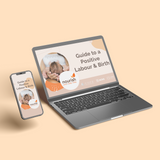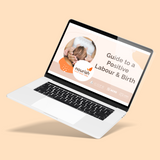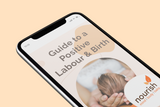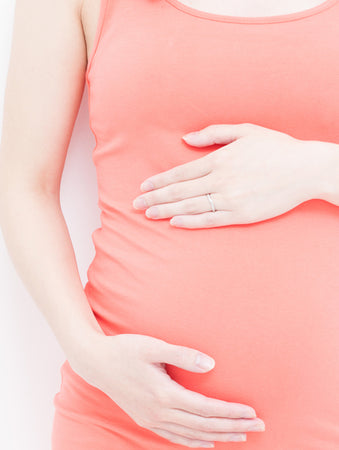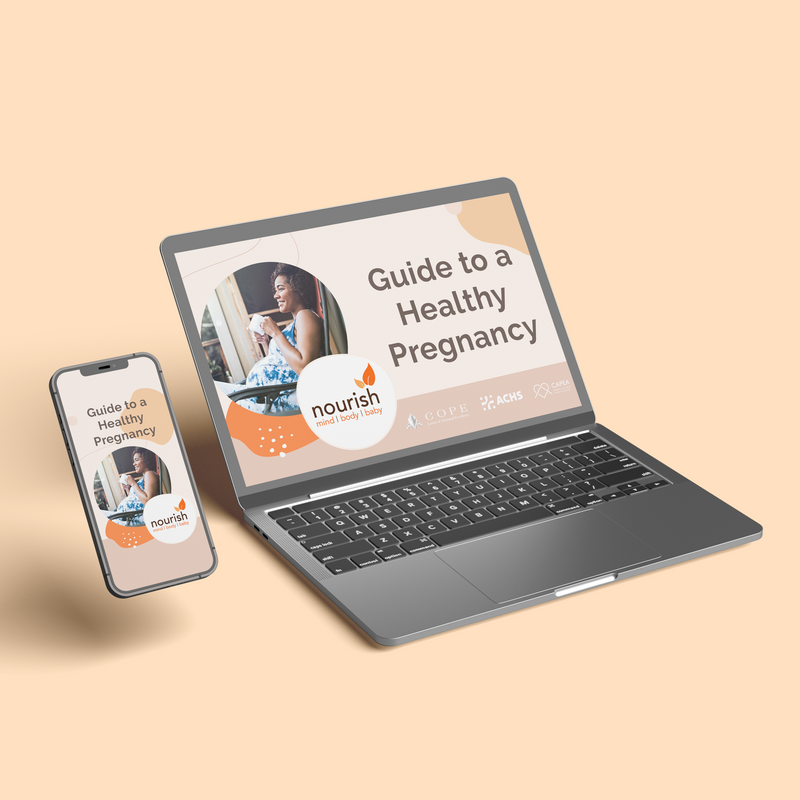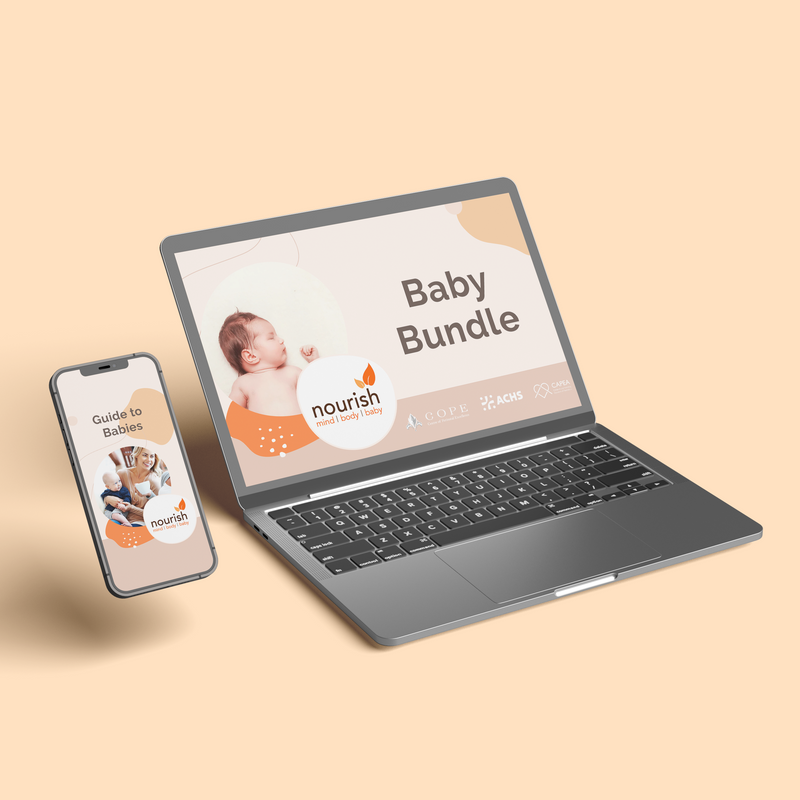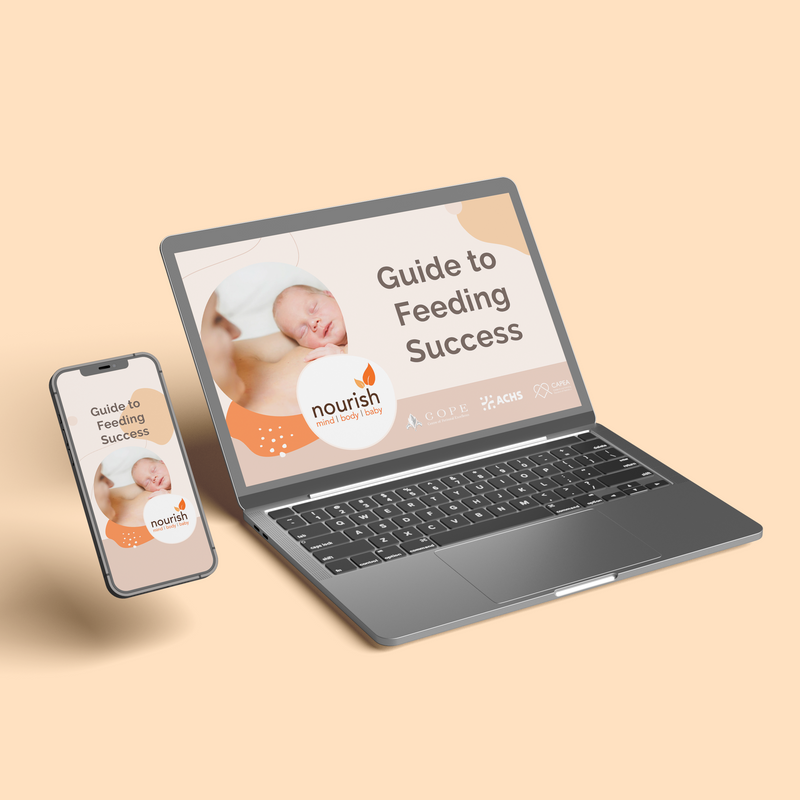Frequently Asked Questions
Braxton Hicks contractions are a tightening of your abdominal muscles during pregnancy. Braxton Hicks are sometimes called “false” contractions and are a normal part of pregnancy. Braxton Hicks contractions aren’t a sign that labour is beginning.
Braxton Hicks contractions typically aren’t painful and usually last for about 30 seconds, but some contractions can last longer. If you feel uncomfortable you can:
- Change position or lie down
- Go for a walk
- Take a warm bath
- Have a massage
- Ensure you’re drinking enough water
You can experience Braxton Hicks at any point in your pregnancy. However, they are most often felt in the second and third trimester, with the frequency increasing as your pregnancy progresses.
Labour and how you experience labour pain is very individual. It’s important to consider your pain relief options and make a plan for how you intend to manage your labour. The most common medical pain relief options are:
- Epidural anaesthesia. An epidural is a type of anaesthesia administered into the lining of the spinal cord. Epidural injections make you feel numb from the waist down and allow you to stay awake during your baby’s birth. Epidural anaesthesia is very effective and low risk. You can read more about the benefits and side effects of epidurals on our blog.
- Nitrous oxide. Commonly called “laughing gas,” nitrous oxide is used to control moderate pain. Nitrous oxide won’t stop the pain entirely, but it allows you to self-administer pain relief whenever you feel the need.
- Pethidine. Pethidine is a strong pain medication that is related to morphine. It can be injected into a muscle or administered intravenously. Pethidine is not effective for all mothers, and it may affect your baby if multiple doses are given.
The most common non-medical pain relief options are:
- TENS machines. Trans-Electrical Nerve Stimulation (TENS) machines transmit small electrical pulses into the body. This stimulates the nerves and may relieve your pain.
- Water injections. Midwives can administer sterile water injections in the lower back just beneath the skin. These are effective in controlling the lower back pain many women experience throughout labour.
You can further manage pain during labour by exercising and staying fit, discussing labour with your doctor so you know what to expect, practising breathing techniques, and using distractions such as music to take your mind off the pain.
When you are pregnant you should go to the hospital if:
- Your waters break
- Contractions become painful or regular (and are at least 5 minutes apart)
- You are experiencing signs of labour and have planned a caesarean birth
- You have existing medical issues that will require close monitoring during labour
- You are worried that your baby’s movements have changed
Call ‘000’ and request an ambulance if your labour is progressing quickly and you won’t make it to the hospital, or if you experience heavy bleeding, severe headache or blurred vision. Call an ambulance if your contractions are less than 5 minutes apart.
Your birth plan should include multiple options for how to handle labour. Consider what you’ll do if you can and can’t make it to the hospital in time, and decide what you’ll do if labour begins early. You can take a birthing course to learn more about your options and develop a plan.
An elective C-section is when you make a plan to have your baby delivered by caesarean section. The operation is typically scheduled before your baby’s due date so that you don’t go into labour. You may want to consider an elective C-section if:
- Your doctor thinks it’s the best option for you and your baby
- You have health issues that will cause complications during a vaginal birth
- You’re carrying more than one baby
- You have a very low-lying placenta
- Your baby is in a position that makes vaginal birth difficult (or impossible)








